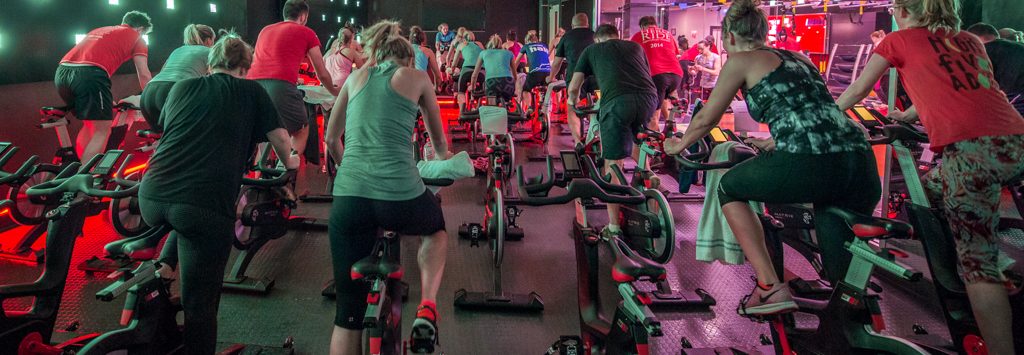Welcome to the Indoor Cycling Association
Friday Favorites: Y’all Better Simmer Down
Use this one to coach breath control.Read more…
Mainstream Music Monday: Hypnotic Throbbing Synths
A hypnotic, throbbing synth that just screams “irresistible hook”! Read more…
Friday Favorites: High-Octane Fuel
Strike a match, light a fire under your feet, and pedal until the smoke clears. Read more…
Theme Ride Thursday: World Peace Day
You may say that I’m a dreamer, but I’m not the only one. I hope someday you’ll join us, and the world will be as one. ♫♩♪Read more…
Wednesday Timeless Classics: My Favorite Classic Rock Song for Cycling
This high-cadence classic rock song is a classic in more ways than one.Read more…
Mainstream Music Monday: You Will Love This Song Forever
This short song will bring a smile to your face and is so versatile you can use it for everything from a recovery to an endurance profile, and even for high-intensity intervals.Read more…
Friday Favorites: Do You Love Your Legs?
If you’re a sucker for classic song remakes, then you’ve got to check out this week’s suggestion. If you hate remakes, I challenge you to give this song a try! Read more…
Mainstream Music Monday: Guaranteed Fan Favorites for This Tour
These two new releases from the same artist allow riders to experience a high-intensity, Zone 5 interval at both a slow and fast cadence. They come complete with the requisite 2-minute recovery needed to survive the trip to the red zone. Read more…
Friday Favorites: Beloved Song for Epic Intervals on a Hill
This vintage song from 1982 is one you’ll probably recognize immediately, and so will your riders! It’s perfect for intervals on a steep hill. Don’t be surprised if everyone from your oldest rider to your youngest bursts into song at some point…that is, if they have the breath for it!Read more…
Wednesday Timeless Classics: Beautiful Celtic Rock Track for High-Cadence Drills
It’s hard not to fall in love with this track! Read more…





